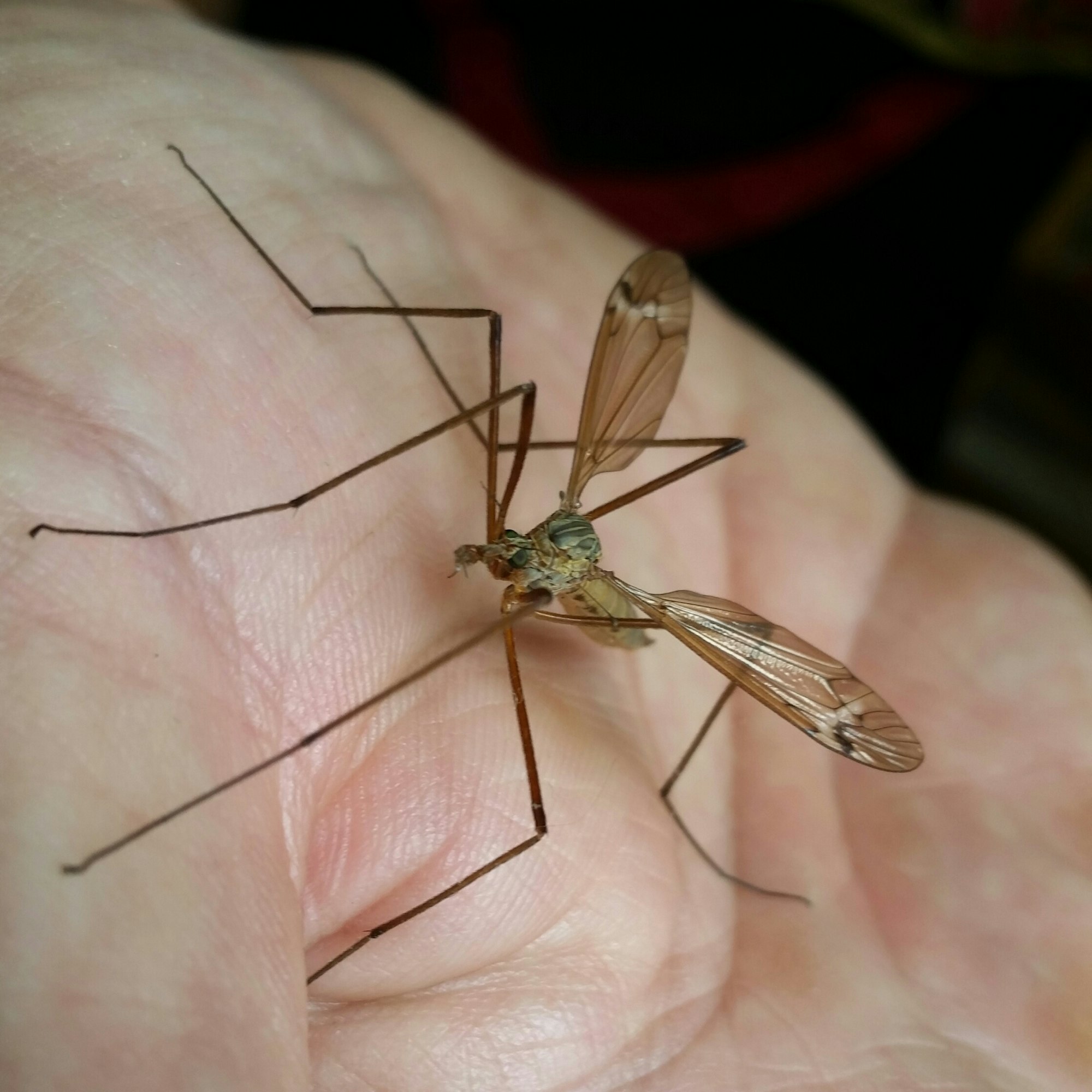Insects that Resemble Mosquitoes
Marin and Sonoma counties are home to numerous insects that closely resemble mosquitoes. Many of these insects emerge in large numbers during the early spring, causing the public great alarm. These insects can be annoying at certain times of year but unlike mosquitoes, they do not bite and cannot transmit disease. The District does not control these insects because they are not a threat to public health.
NON-BITING MIDGES

Non-biting midges are small flies that look like mosquitoes. While these insects do not pose a health threat, they can be a serious nuisance, particularly in communities adjacent to large aquatic habitats. Adult midges are short-lived and weak flyers. During peak emergence, massive swarms of these midges can cover houses, cars, and other structures. Homes and buildings with outside lighting will attract large numbers of nonbiting midges. To discourage the congregation of these insects, move lights away from areas such as doorways, windows, patios, etc. Replacing mercury vapor lights with yellow or sodium vapor lights will help reduce concentrations of these insects as well. Blacklight traps (bug zappers) will kill midges, but unfortunately, often attract more midges into the area than are killed.
CRANE FLIES

Crane flies are tan in color with long legs and slender bodies reaching 1 to 2 inches in length. The larvae live in moist soil, muddy water or decomposing material. Adult crane flies are sometimes called “Texas mosquitoes” or “mosquito hawks”, but are most commonly known as “mosquito eaters”. This is a misnomer because in actuality, crane flies do not eat adult mosquitoes. Some species of crane flies feed on nectar while others do not feed at all. These non-biting insects do not constitute a health problem but can create an annoyance when found inside homes or in large numbers.
FUNGUS GNATS

Fungus gnats are common in the fall, spring, and early summer. They have slender legs and segmented antennae that are longer than their head. Fungus gnats are generally 1/16 to 1/8 of an inch long with light grey to clear wings. They are weak fliers and can be found near potted plants or resting on foliage and leaf litter. Female fungus gnats lay their eggs in moist organic material or potting soil. The larvae feed on fungus, preferring leaf litter and decaying vegetation. Adult fungus gnats can be very abundant at times but do not cause harm to people, plants or animals.
